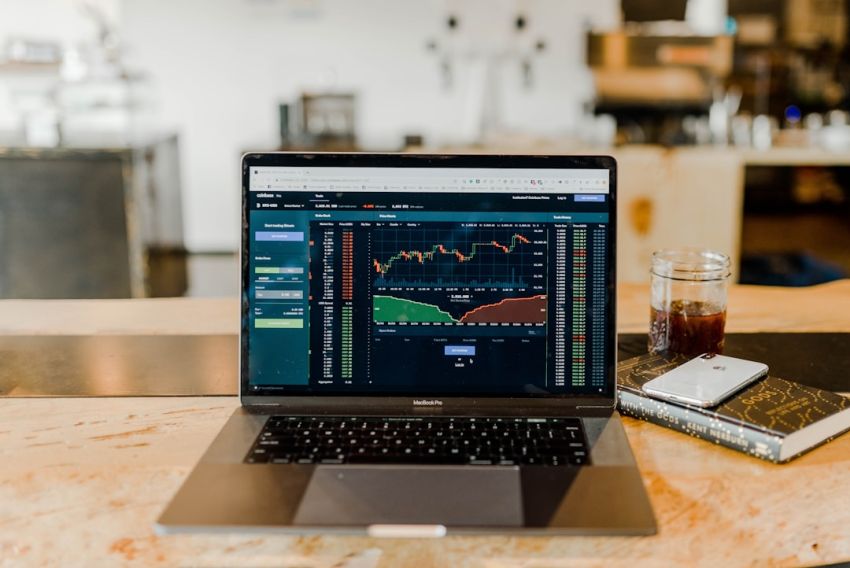Economic growth is a key measure of a country’s prosperity and development. It reflects the overall increase in a nation’s production of goods and services over time. By analyzing various indicators, policymakers, economists, and investors can gauge the health of an economy and make informed decisions. Understanding the main indicators of economic growth is crucial for predicting future trends and implementing effective strategies. Let’s delve into the key factors that signal a growing economy.
Gross Domestic Product (GDP)
One of the most commonly used indicators of economic growth is Gross Domestic Product (GDP). GDP measures the total value of all goods and services produced within a country’s borders over a specific period. It provides a comprehensive view of a nation’s economic output and is divided into categories such as consumption, investment, government spending, and net exports. A rising GDP indicates a growing economy, while a declining GDP may signal economic contraction.
Employment Rates
Employment rates are a vital indicator of economic growth as they reflect the health of the labor market. When more people are employed, consumer spending typically increases, leading to higher production levels and economic expansion. Low unemployment rates indicate a strong economy, while high unemployment rates can be a sign of stagnation or recession. Additionally, the quality of jobs created, such as wage levels and job security, also plays a role in determining economic growth.
Consumer Spending
Consumer spending is a significant driver of economic growth, as it accounts for a large portion of a country’s GDP. When consumers have confidence in the economy and their own financial stability, they are more likely to spend money on goods and services, stimulating production and investment. Monitoring consumer spending patterns can provide insights into overall economic health and future growth prospects. Factors such as disposable income, consumer sentiment, and inflation levels influence consumer behavior and, consequently, economic growth.
Investment Levels
Investment levels, both in terms of business investment and government spending, are crucial indicators of economic growth. Business investment in new equipment, technology, and infrastructure can boost productivity and drive economic expansion. Similarly, government spending on infrastructure projects, education, and healthcare can stimulate economic growth and create jobs. Monitoring investment levels can help identify trends in economic activity and assess the potential for future growth.
Trade Balances
Trade balances, including exports and imports, play a significant role in determining a country’s economic growth. A positive trade balance, where exports exceed imports, can contribute to economic expansion by increasing revenues and creating jobs in export industries. On the other hand, a negative trade balance may indicate a reliance on imports and potential vulnerabilities in the economy. Monitoring trade balances and their impact on economic growth is essential for assessing a country’s competitiveness in the global market.
Innovation and Technological Advancements
Innovation and technological advancements are key drivers of economic growth in the modern world. Countries that invest in research and development, promote entrepreneurship, and adopt new technologies are more likely to experience sustained economic growth. Technological advancements can boost productivity, create new industries, and improve living standards. Monitoring innovation trends and their impact on economic growth can help policymakers and businesses adapt to a rapidly changing economic landscape.
Conclusion:
Understanding the main indicators of economic growth is essential for evaluating the health of an economy and predicting future trends. By analyzing factors such as GDP, employment rates, consumer spending, investment levels, trade balances, and technological advancements, stakeholders can make informed decisions and implement strategies to foster sustainable economic growth. Keeping a close eye on these indicators allows for proactive measures to address challenges and capitalize on opportunities for economic development.










